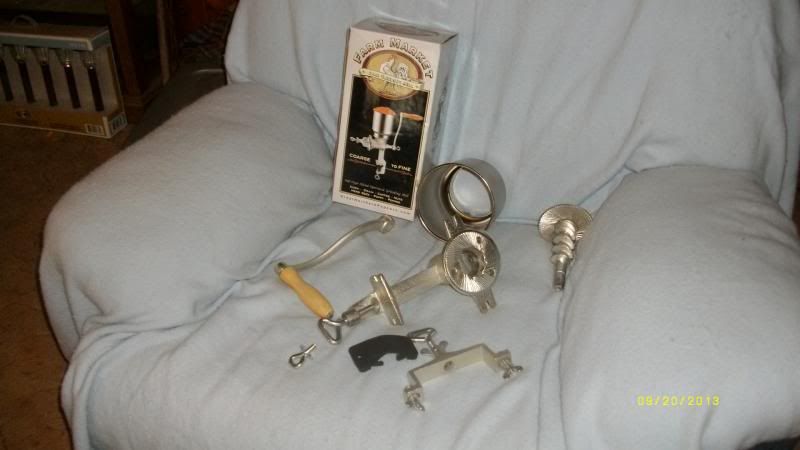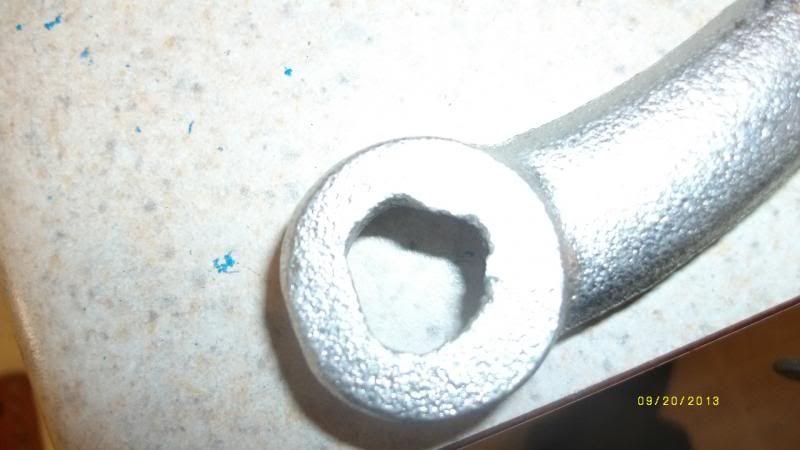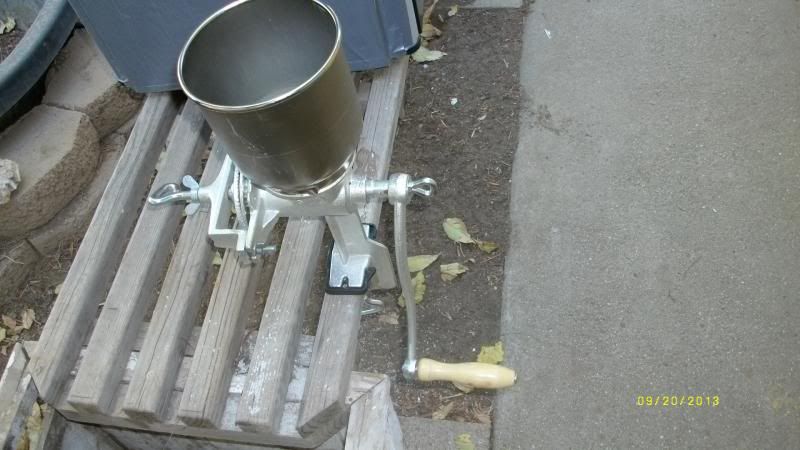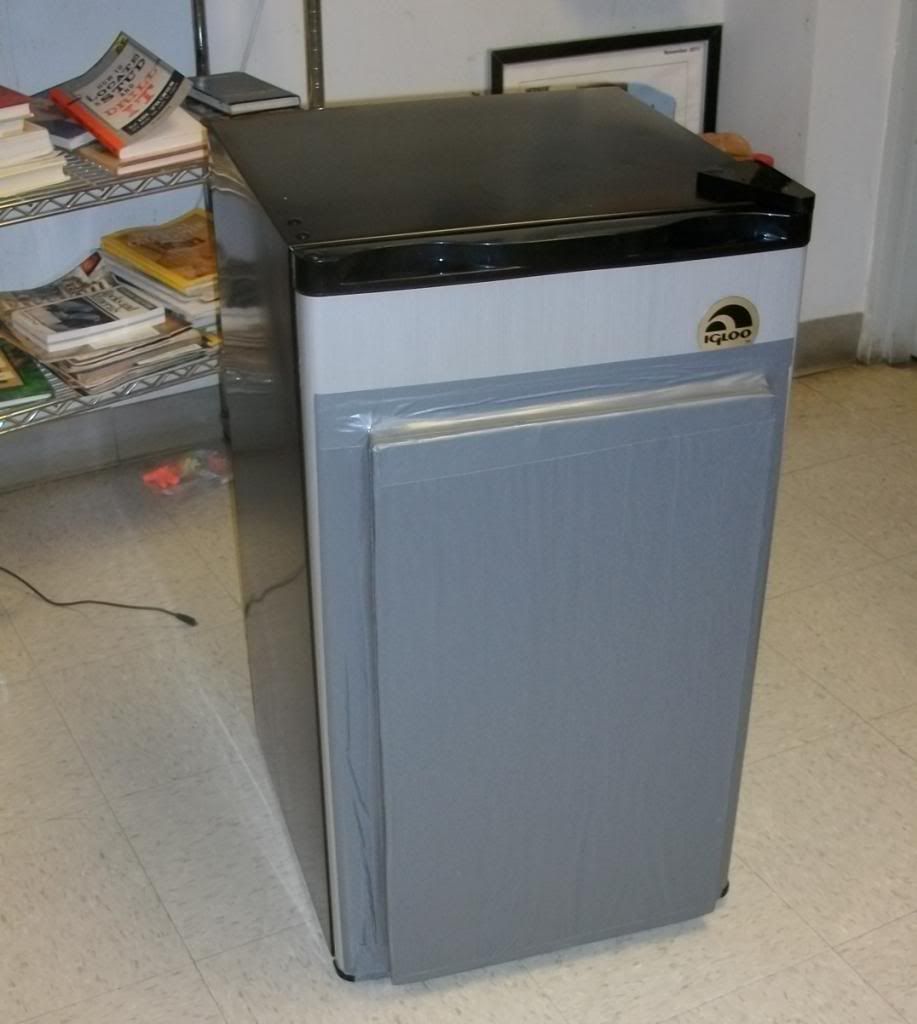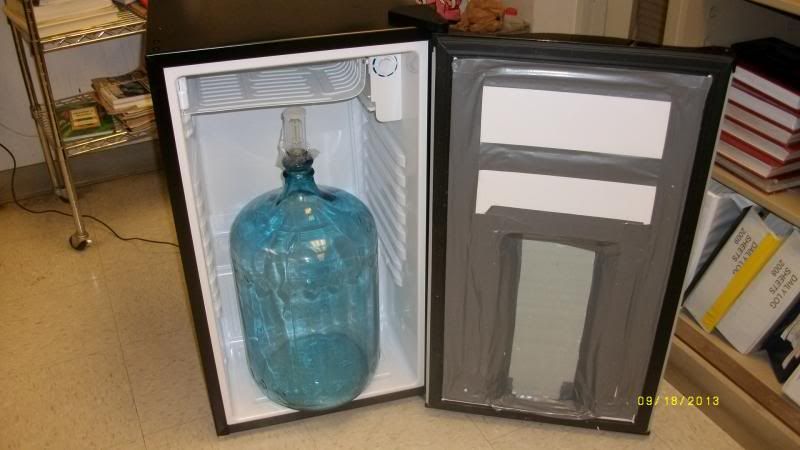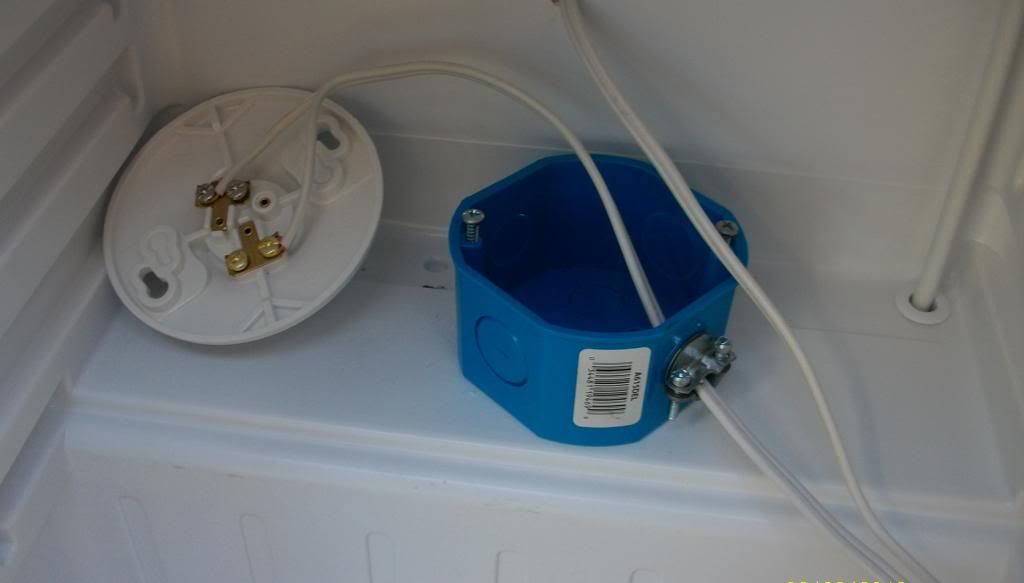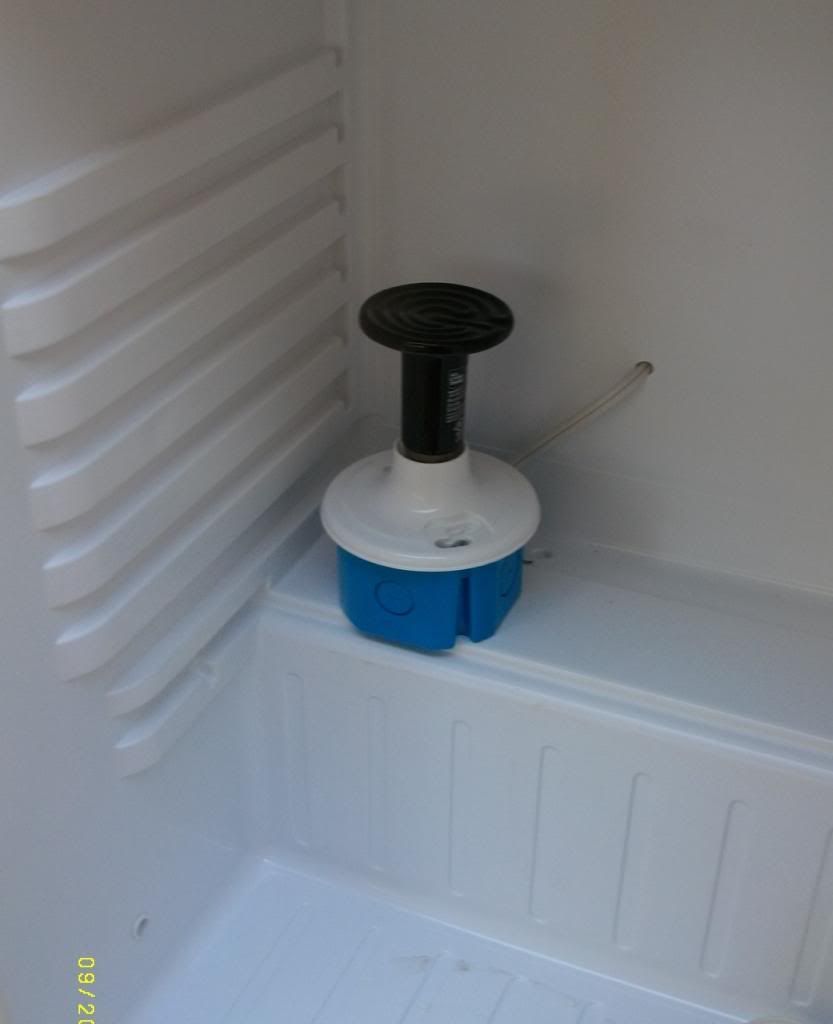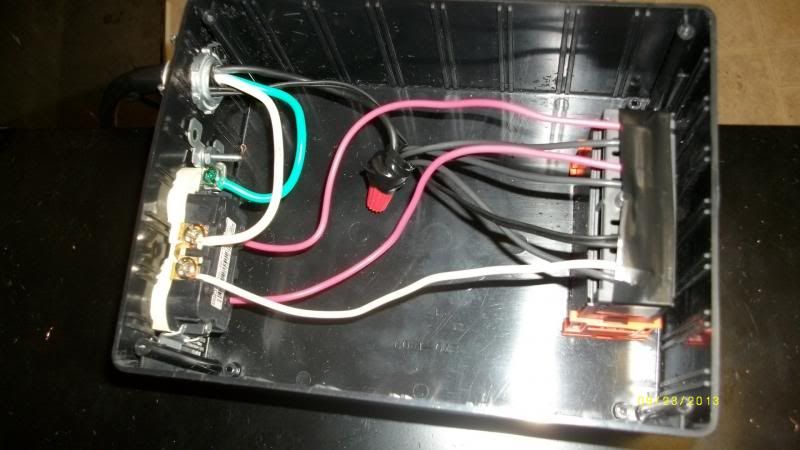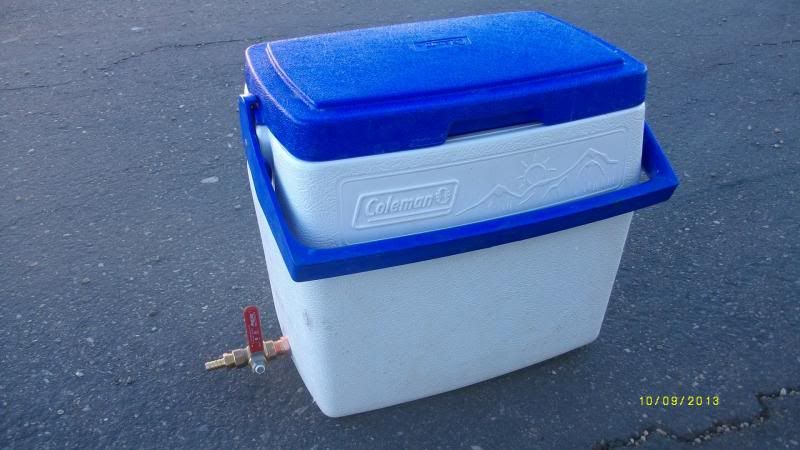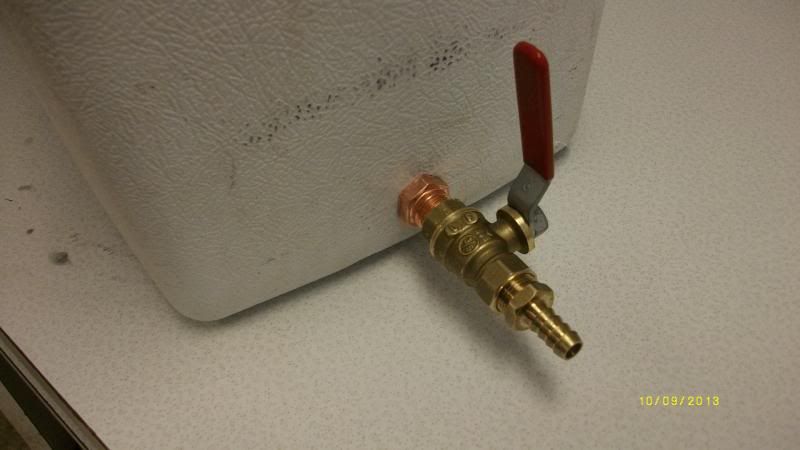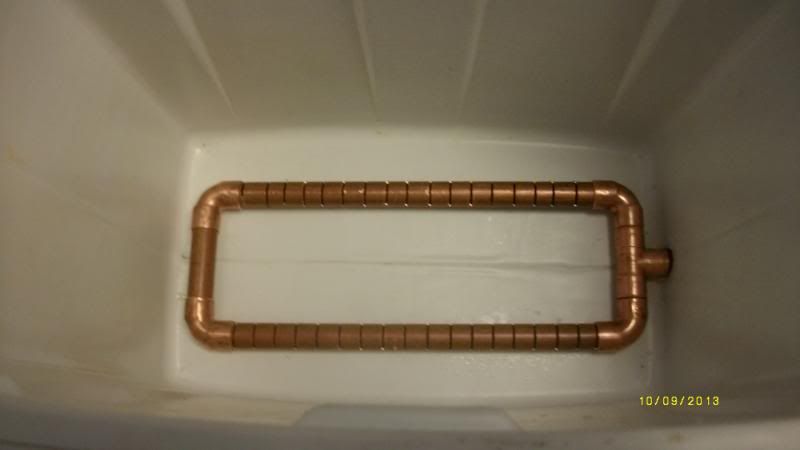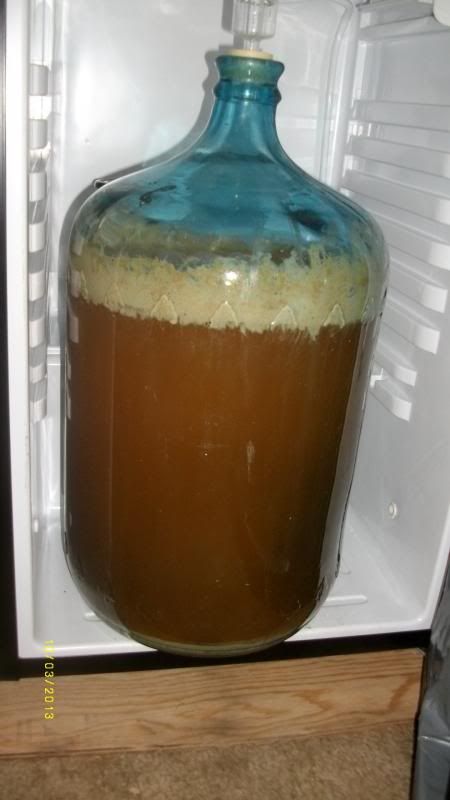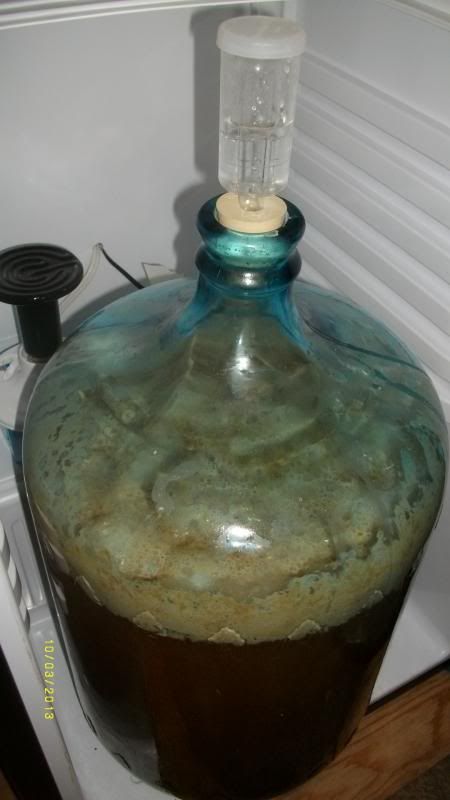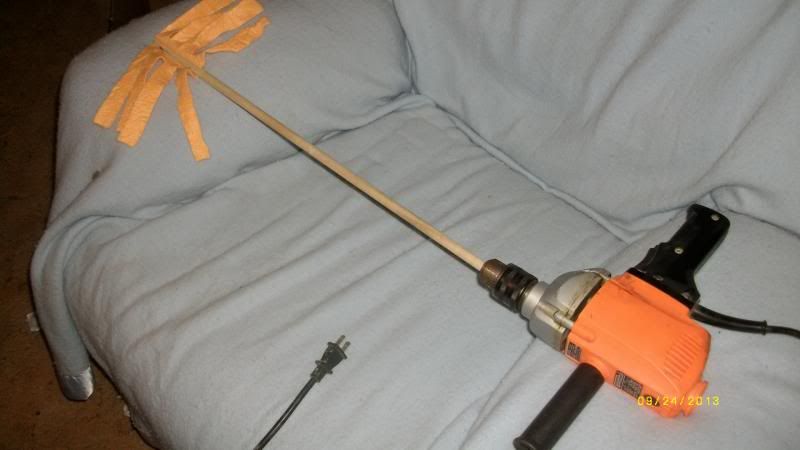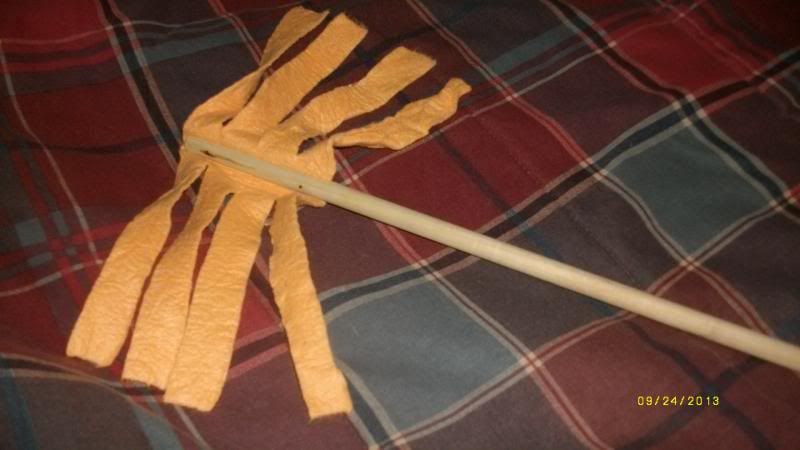troy2000
Well-Known Member
- Joined
- Sep 29, 2013
- Messages
- 1,057
- Reaction score
- 484
I recently brewed a 2 gal batch of 'American Light Beer,' because that's what was in a Mr. Beer kit I picked up on clearance sale from Kmart. And I wound up with a rough approximation of lite beer, that was almost drinkable. Although the experience may have scarred me for life, it didn't scare me away from brewing. Instead, I decided to learn how to do it right - which takes more equipment than the 2 gal little brown jug and handful of 1 liter PET bottles Mr. Beer gives you. So I made a list.
In the time-honored tradition of enthusiastic noobs everywhere, I started at the wrong end of that list. I bought a case of 12 oz bottles, a cheap wing capper, and a gross of bottle caps. It took me about fifteen minutes mano-a-mano with that wing capper, to decide it was a toss-up who was gonna wear who out first..... so I decided to get a bench capper instead.
I looked at the ugly and relatively expensive chunks of plastic online, and decided to go with a solid golden oldie instead. This one cost me $24.99 on ebay, shipping included. I sandblasted the rust and old paint off, repainted it, and added a wooden file handle from Ace Hardware. It works great.
I didn't have the heart to get rid of that cracked, brittle and worn old piece of real linoleum on it. So I spent twenty minutes carefully removing it before I sandblasted, epoxied it back into place when I was done, and started soaking linseed oil into in hopes of making it flexible again - or least least keeping it in one piece.
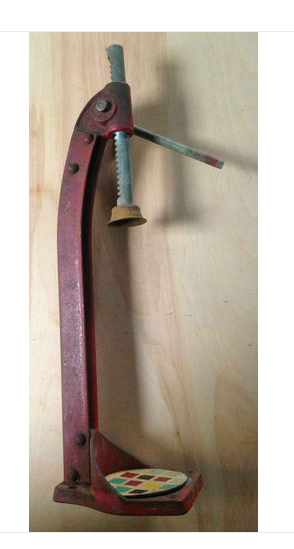
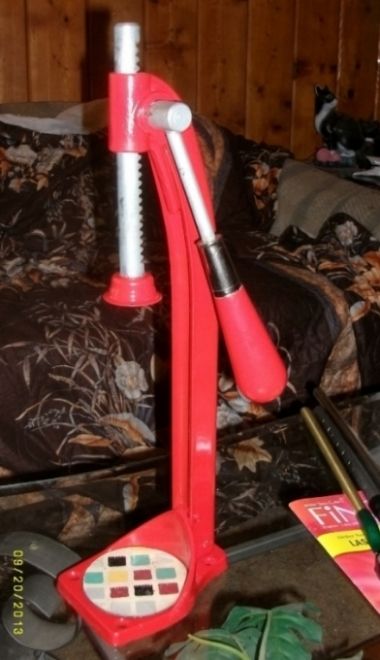
In the time-honored tradition of enthusiastic noobs everywhere, I started at the wrong end of that list. I bought a case of 12 oz bottles, a cheap wing capper, and a gross of bottle caps. It took me about fifteen minutes mano-a-mano with that wing capper, to decide it was a toss-up who was gonna wear who out first..... so I decided to get a bench capper instead.
I looked at the ugly and relatively expensive chunks of plastic online, and decided to go with a solid golden oldie instead. This one cost me $24.99 on ebay, shipping included. I sandblasted the rust and old paint off, repainted it, and added a wooden file handle from Ace Hardware. It works great.
I didn't have the heart to get rid of that cracked, brittle and worn old piece of real linoleum on it. So I spent twenty minutes carefully removing it before I sandblasted, epoxied it back into place when I was done, and started soaking linseed oil into in hopes of making it flexible again - or least least keeping it in one piece.




